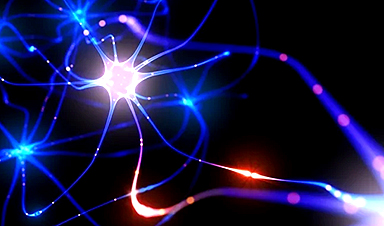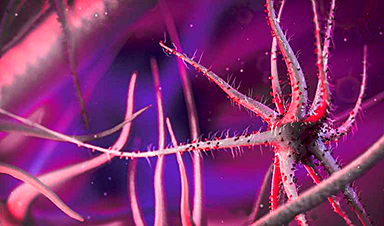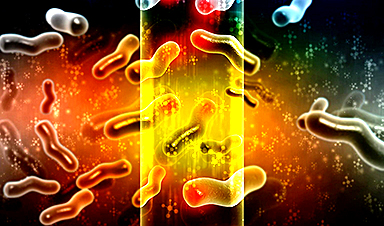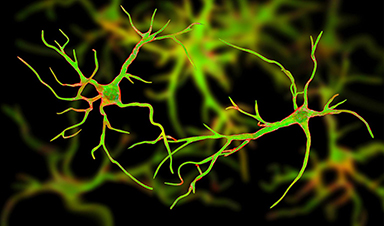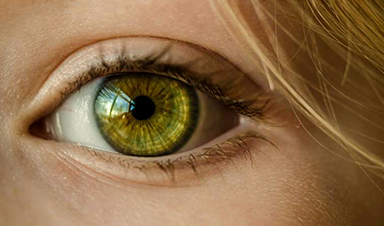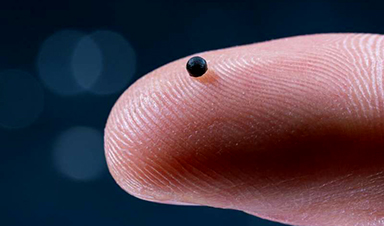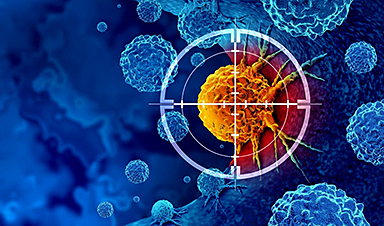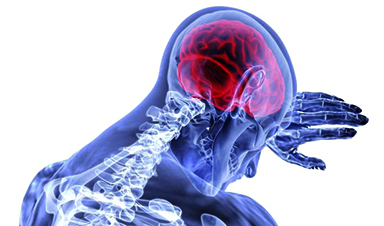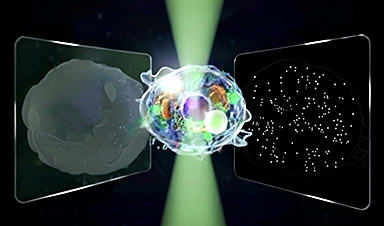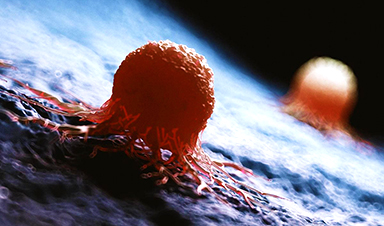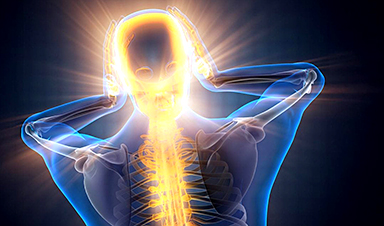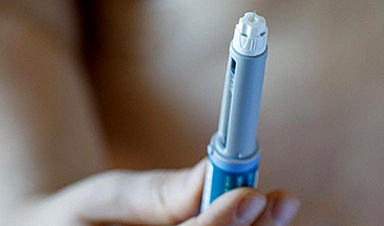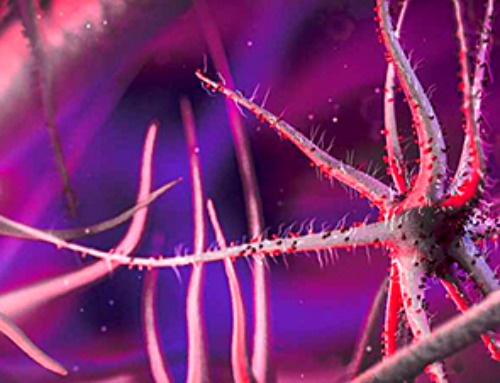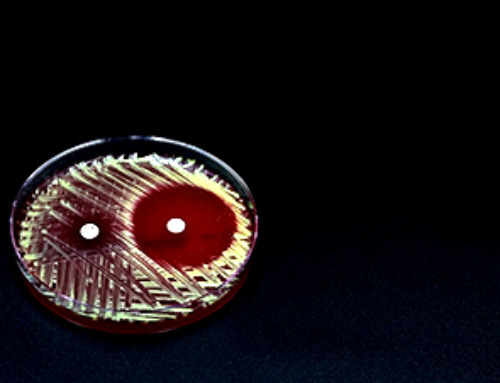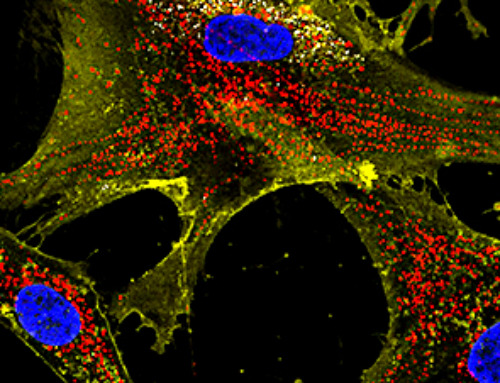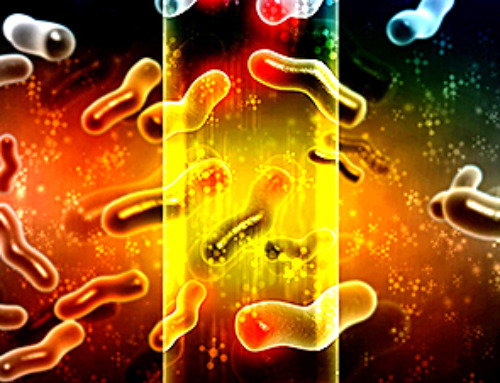Roughly two decades ago, a strategy called optogenetics emerged to control brain activity with lasers. It uses viruses to insert genes into cells that make them sensitive to light. Optogenetics has revolutionized neuroscience by giving researchers a precise way to excite or suppress brain circuits and shed light on what role they play in the brain. However, a key drawback of this work is that it usually only targets cells that are genetically modified to respond to light. Now scientists in China have developed a new way to control brain cells using light without this limitation, potentially greatly expanding the applications of this optical approach.
Optogenetics has a number of advantages over previous methods of controlling neurons. Electrical techniques often prove bulky and invasive, triggering inflammation, while drugs often act slowly and imprecisely, with unwanted side effects. However, the fact that optogenetics works only on genetically modified cells has largely limited it to lab research.
In the new study, researchers experimented with thin-film single-crystal silicon diodes. When illuminated with lasers, the flexible photovoltaic devices could generate either positive or negative electric fields, depending on the polarity of the light.
In tests on lab-grown neurons, the silicon diodes could excite or inhibit neural activity, depending on their positive or negative voltage. In experiments on mice, the devices could also stimulate or silence neural activity in the hind leg and in the part of the brain that handles the sense of touch.
The researchers suggest these silicon films can be used in wireless, battery-free neuron stimulation by means of near-infrared light that can penetrate tissue. Potential applications include manipulating peripheral nerves for control of limb movements, the spinal cord for pain relief, the vagus nerve for treating epilepsy, and the retina for visual prosthetics, says study co-senior author Xing Sheng, a materials scientist and electrical engineer at Tsinghua University in Beijing.
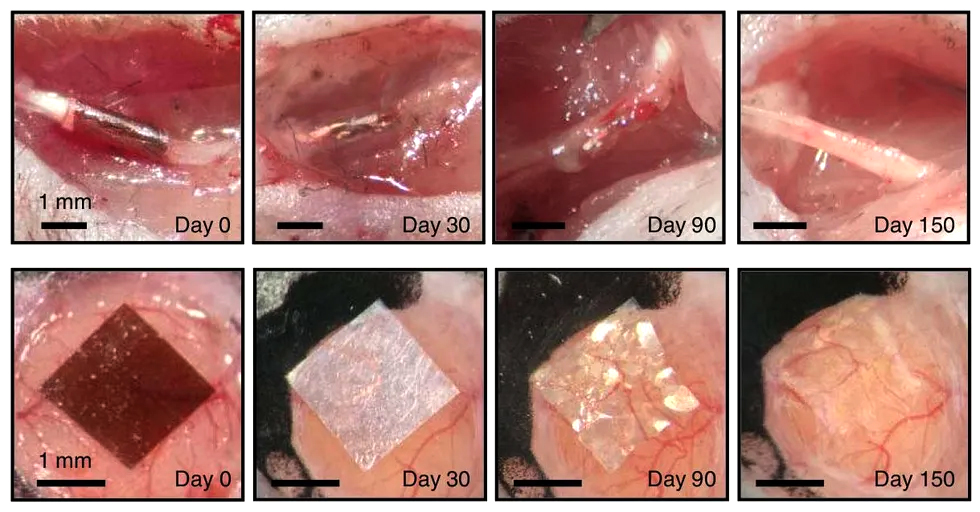
The top series of images shows the natural dissolution of a silicon film on PLLA–PTMC wrapped around the sciatic nerve of mice. The bottom series shows the natural dissolution of a silicon film on the brain cortex of mice. XING SHENG
In addition, these devices are bioresorbable, meaning they naturally dissolve in the body. Therefore, brain surgery is not needed to extract them after they have accomplished any planned therapeutic goal.
“These days, brain-machine interfaces are very hot topics,” Sheng says. “However, most people focus on either the brain part—neuroscientists; or the machine part—electrical engineers. We really need more people to address the interface, which is the essential key.”
The scientists note they have not yet seen how their devices might help in models of disease. Currently, “We need to identify the most applicable scenario to use our devices and design the systems accordingly to satisfy the in vivo applications, and meet the standards for clinical grade implants,” Sheng says.
The researchers detailed their findings online 5 September in the journal Nature Biomedical Engineering.
News
Novel mRNA therapy curbs antibiotic-resistant infections in preclinical lung models
Researchers at the Icahn School of Medicine at Mount Sinai and collaborators have reported early success with a novel mRNA-based therapy designed to combat antibiotic-resistant bacteria. The findings, published in Nature Biotechnology, show that in [...]
New skin-permeable polymer delivers insulin without needles
A breakthrough zwitterionic polymer slips through the skin’s toughest barriers, carrying insulin deep into tissue and normalizing blood sugar, offering patients a painless alternative to daily injections. A recent study published in the journal Nature examines [...]
Multifunctional Nanogels: A Breakthrough in Antibacterial Strategies
Antibiotic resistance is a growing concern - from human health to crop survival. A new study successfully uses nanogels to target and almost entirely inhibit the bacteria P. Aeruginosa. Recently published in Angewandte Chemie, the study [...]
Nanoflowers rejuvenate old and damaged human cells by replacing their mitochondria
Biomedical researchers at Texas A&M University may have discovered a way to stop or even reverse the decline of cellular energy production—a finding that could have revolutionary effects across medicine. Dr. Akhilesh K. Gaharwar [...]
The Stunning New Push to Protect the Invisible 99% of Life
Scientists worldwide have joined forces to build the first-ever roadmap for conserving Earth’s vast invisible majority—microbes. Their new IUCN Specialist Group reframes conservation by elevating microbial life to the same urgency as plants and [...]
Scientists Find a Way to Help the Brain Clear Alzheimer’s Plaques Naturally
Scientists have discovered that the brain may have a built-in way to fight Alzheimer’s. By activating a protein called Sox9, researchers were able to switch on star-shaped brain cells known as astrocytes and turn them into [...]
Vision can be rebooted in adults with amblyopia, study suggests
Temporarily anesthetizing the retina briefly reverts the activity of the visual system to that observed in early development and enables growth of responses to the amblyopic eye, new research shows. In the common vision [...]
Ultrasound-activated Nanoparticles Kill Liver Cancer and Activate Immune System
A new ultrasound-guided nanotherapy wipes out liver tumors while training the immune system to keep them from coming back. The study, published in Nano Today, introduces a biodegradable nanoparticle system that combines sonodynamic therapy and cell [...]
Magnetic nanoparticles that successfully navigate complex blood vessels may be ready for clinical trials
Every year, 12 million people worldwide suffer a stroke; many die or are permanently impaired. Currently, drugs are administered to dissolve the thrombus that blocks the blood vessel. These drugs spread throughout the entire [...]
Reviving Exhausted T Cells Sparks Powerful Cancer Tumor Elimination
Scientists have discovered how tumors secretly drain the energy from T cells—the immune system’s main cancer fighters—and how blocking that process can bring them back to life. The team found that cancer cells use [...]
Very low LDL-cholesterol correlates to fewer heart problems after stroke
Brigham and Women's Hospital's TIMI Study Group reports that in patients with prior ischemic stroke, very low achieved LDL-cholesterol correlated with fewer major adverse cardiovascular events and fewer recurrent strokes, without an apparent increase [...]
“Great Unified Microscope” Reveals Hidden Micro and Nano Worlds Inside Living Cells
University of Tokyo researchers have created a powerful new microscope that captures both forward- and back-scattered light at once, letting scientists see everything from large cell structures to tiny nanoscale particles in a single shot. Researchers [...]
Breakthrough Alzheimer’s Drug Has a Hidden Problem
Researchers in Japan found that although the Alzheimer’s drug lecanemab successfully removes amyloid plaques from the brain, it does not restore the brain’s waste-clearing system within the first few months of treatment. The study suggests that [...]
Concerning New Research Reveals Colon Cancer Is Skyrocketing in Adults Under 50
Colorectal cancer is striking younger adults at alarming rates, driven by lifestyle and genetic factors. Colorectal cancer (CRC) develops when abnormal cells grow uncontrollably in the colon or rectum, forming tumors that can eventually [...]
Scientists Discover a Natural, Non-Addictive Way To Block Pain That Could Replace Opioids
Scientists have discovered that the body can naturally dull pain through its own localized “benzodiazepine-like” peptides. A groundbreaking study led by a University of Leeds scientist has unveiled new insights into how the body manages pain, [...]
GLP-1 Drugs Like Ozempic Work, but New Research Reveals a Major Catch
Three new Cochrane reviews find evidence that GLP-1 drugs lead to clinically meaningful weight loss, though industry-funded studies raise concerns. Three new reviews from Cochrane have found that GLP-1 medications can lead to significant [...]
